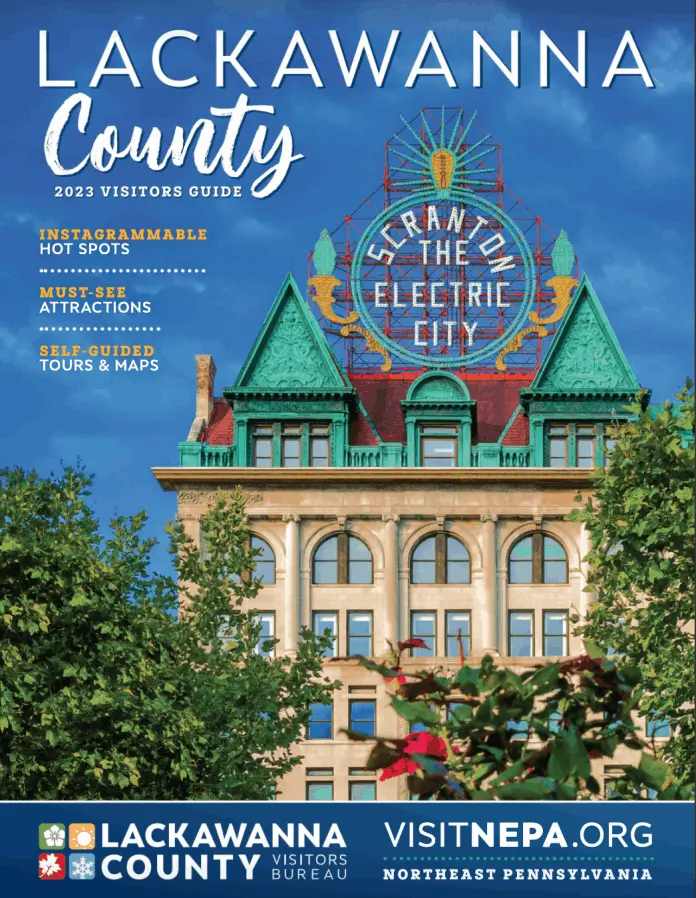Population & Demographics: Understanding Our Diverse Community
Scranton, Pennsylvania, is a city characterized by its diverse and dynamic population, offering a welcoming environment for physicians considering a permanent move. As part of the Scranton–Wilkes-Barre–Hazleton Metropolitan Statistical Area (MSA), the region boasts a population of approximately 555,000 residents. This vibrant community is a tapestry of cultures, reflected in its rich demographic makeup and inclusive atmosphere.
The city's demographics reveal a diverse population, with a blend of ethnicities and backgrounds contributing to its unique cultural fabric. Scranton is home to a significant number of Italian, Irish, Polish, and Eastern European descendants, alongside growing Hispanic and Asian communities. This diversity is celebrated through various cultural festivals and events, such as the annual La Festa Italiana, the Scranton Saint Patrick's Parade, and the Asian Pacific American Heritage Festival, which bring residents together to honor their heritage and traditions.
Scranton’s linguistic landscape is equally diverse, with over 25 languages spoken throughout the city. This multilingual environment is a testament to the city's inclusive spirit and its ability to embrace people from different parts of the world. Languages such as Spanish, Polish, Italian, and Vietnamese are commonly heard, enriching the community's cultural interactions.
The average income in Scranton reflects a middle-class standard, with many households earning around $45,000 annually. The city's economy is supported by a mix of traditional and emerging industries, providing a stable employment environment. The healthcare sector is particularly robust, with institutions like Geisinger Community Medical Center and Moses Taylor Hospital offering ample opportunities for medical professionals and their families. Additionally, the University of Scranton and Marywood University contribute to the education sector, creating jobs for educators and administrative staff.
For spouses of physicians, Scranton offers diverse employment opportunities in fields such as healthcare, education, technology, and business. The growing technology sector is supported by initiatives aimed at fostering innovation and entrepreneurship, while the healthcare industry remains a significant employer, with numerous hospitals, clinics, and medical facilities. The city's business landscape is also thriving, with various small businesses and corporate offices providing a range of professional opportunities.
Scranton's population is a testament to its enduring appeal as a place where people from all walks of life can find a sense of belonging and opportunity. The city's commitment to diversity, economic stability, and cultural richness makes it an attractive destination for physicians and their families seeking a community that values inclusivity and offers a high quality of life.
